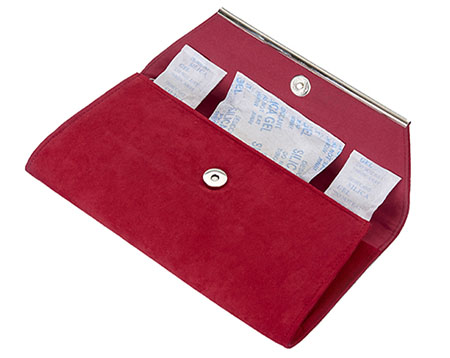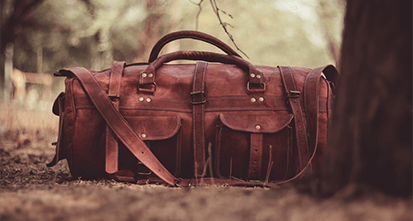Product Feature of Silica Gel Packets
Leather goods need to be stored in ventilated areas that maintain a temperature of 15–20 ° C and 50–70% relative humidity. Although leather is a tough material and is frequently used for hard-wear applications, it also has softness and elasticity properties in relation to moisture content. Therefore, constant fluctuations in humidity and temperature can promote the aging of leather. Extremely low humidity leads to leather becoming harder and brittle over time. Additionally, it’s important to not store leather in direct sunlight to prevent it from fading.
Here are some other negative impacts that moisture can have on leather:
Leather's Tensile Strength May Be Affected
Changes in humidity conditions can affect leather's tensile strength, making it either tougher or easier to break. An old study quantified the changes in chrome-tanned and vegetable leather's tensile strength at different humidity and temperature conditions. The study showed that leather's tensile strength at a relative humidity of near 0 was 4,630 psi, while the same leather showed a tensile strength of 5,290 psi at 83.8 relative humidity. The nearly 12.5% difference in tensile strength was staggering!
Bacteria and Mold Growth
Insufficient ventilation and exposure to high humidity risk the formation of mold and bacteria, rotting leather material over time. Similarly, leather should never be kept in airtight bags because they risk condensation, again, leading to mold growth and stains.






















